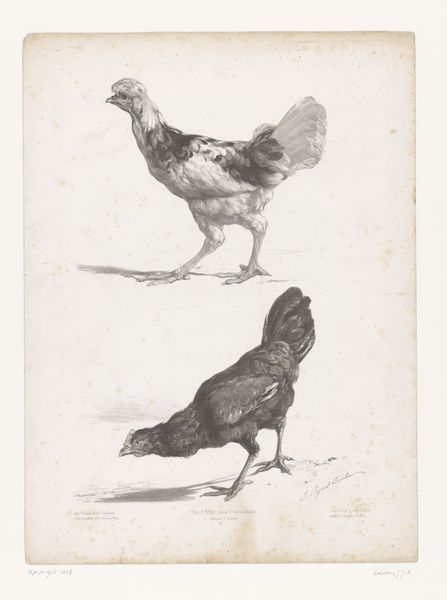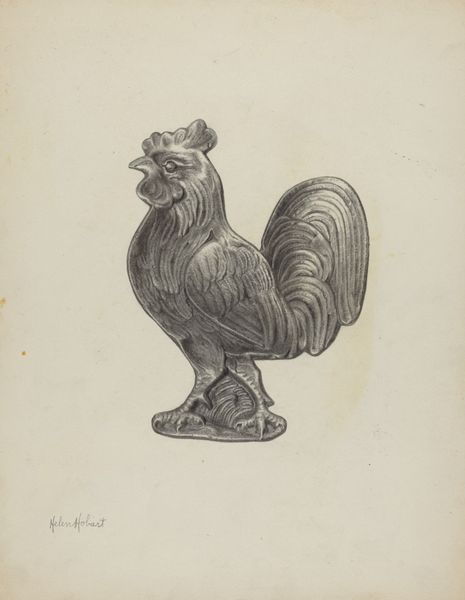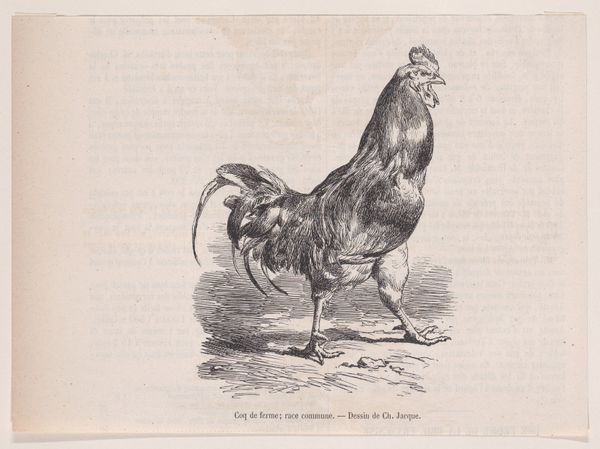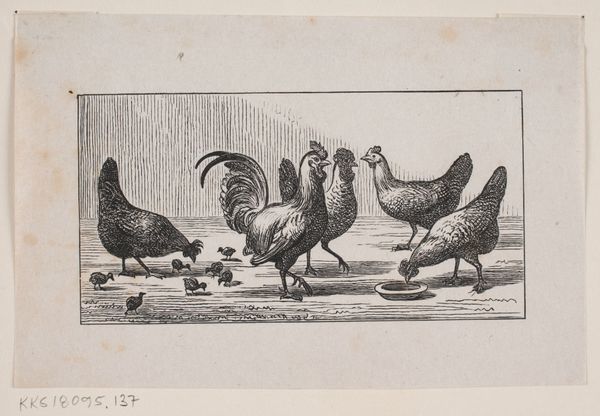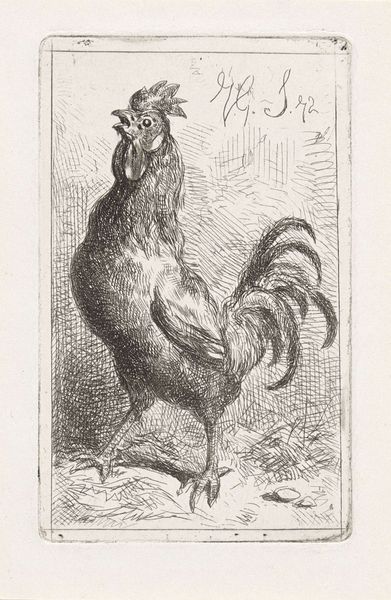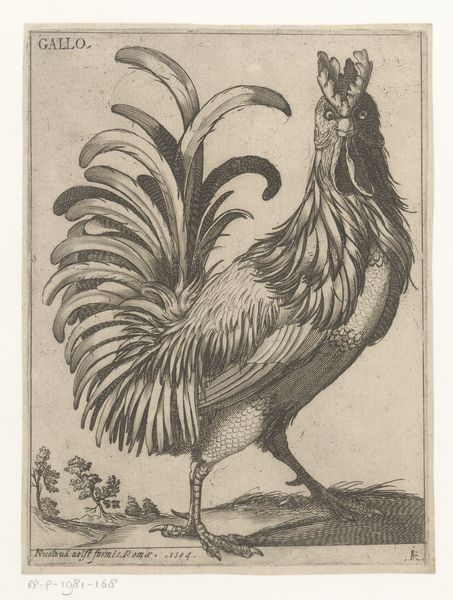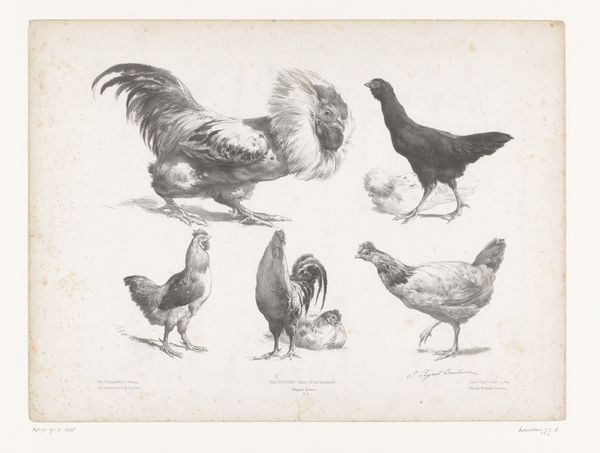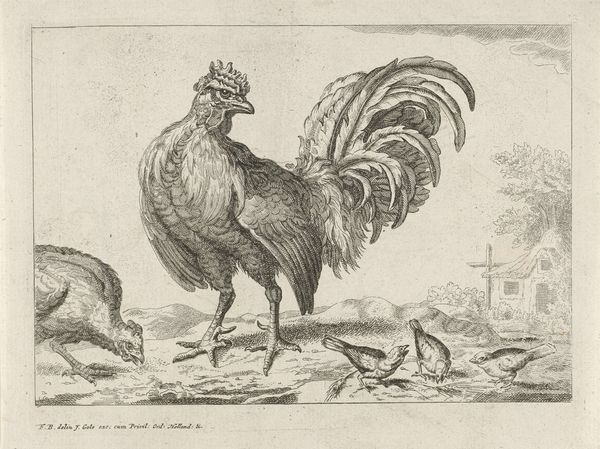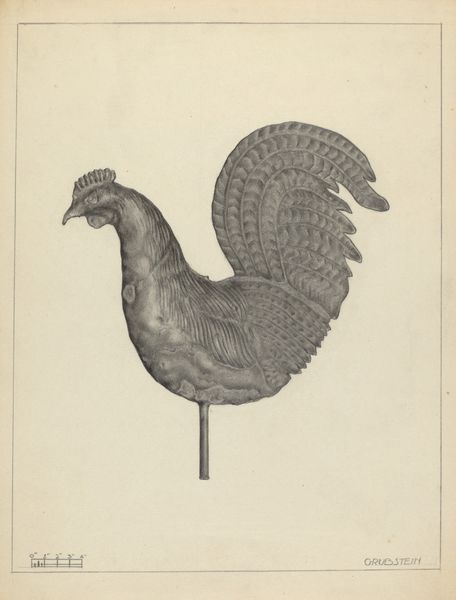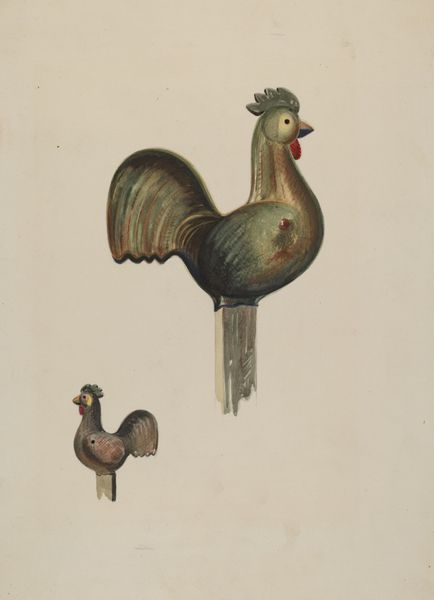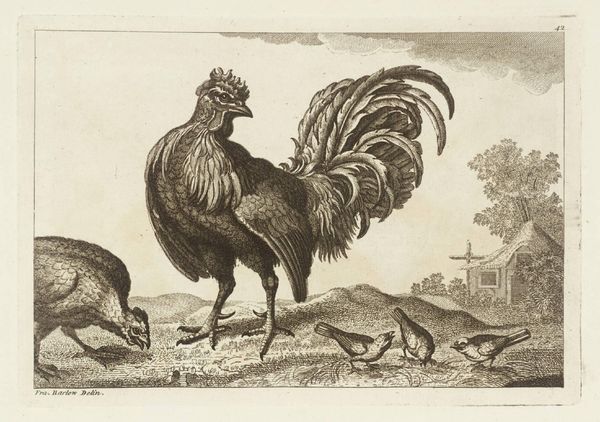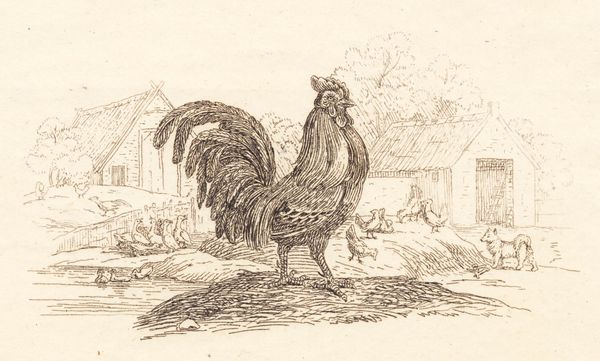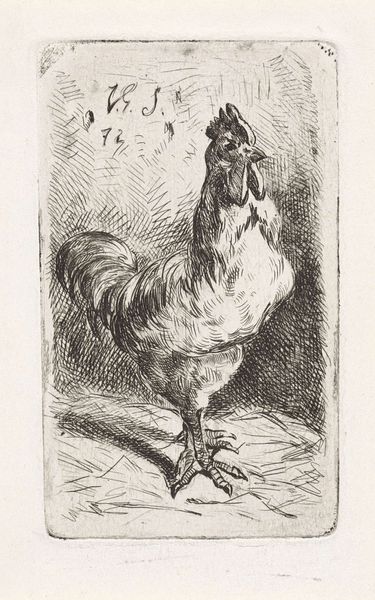
drawing, paper, pencil
#
drawing
#
animal
#
pencil sketch
#
paper
#
pencil
#
realism
Dimensions: height 465 mm, width 351 mm
Copyright: Rijks Museum: Open Domain
Editor: Here we have "Studies of a Rooster and Two Hens" by Jules Laurens, dating from around 1865 to 1878, a pencil drawing on paper. It’s a pretty straightforward depiction of farmyard fowl, but what strikes me is how different they all are. How would you interpret this work? Curator: It's interesting to consider these drawings in the context of 19th-century Realism, a movement deeply concerned with accurately portraying the world around them. Think about the social function of art at the time. Photography was still relatively new. These studies reflect a growing interest in the scientific observation and classification of the natural world. They lack the dramatic flair often found in earlier, romantic depictions of animals. What do you think that tells us? Editor: I suppose it reflects a desire for factual documentation over say, allegory or symbolism? So, the drawing has a social function tied to observing and classifying. But what about the choice of subject? Chickens aren’t exactly the most… noble creatures. Curator: Exactly. Choosing mundane subjects like chickens challenges traditional hierarchies of art. Were they exhibited widely? Probably not. Animal studies, like these, would serve as source material and are critical for understanding the process of artistic production and knowledge creation in the 19th century. Laurens is interested in recording a specimen. He shows us he can truly represent nature. Editor: That's fascinating, framing this as almost a scientific pursuit instead of just art for art’s sake. So the value of the artwork really comes from what it tells us about artistic production within a specific time. I will look at these studies of chickens from a different perspective going forward! Curator: Yes, the way such artworks provide glimpses into artistic training and the prevailing social interests of the time make such drawings more precious to us now.
Comments
No comments
Be the first to comment and join the conversation on the ultimate creative platform.
